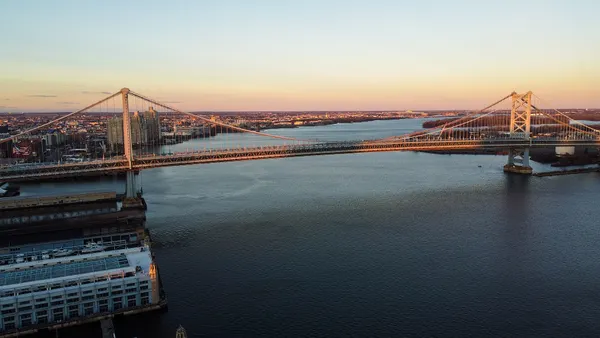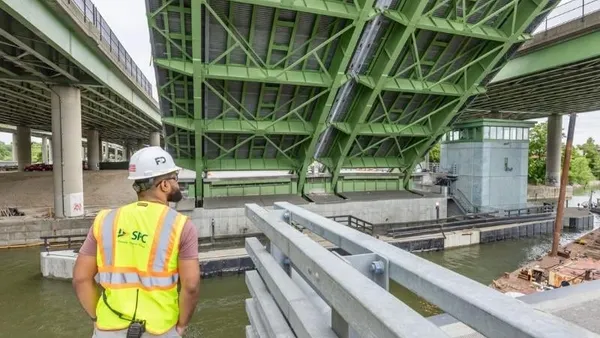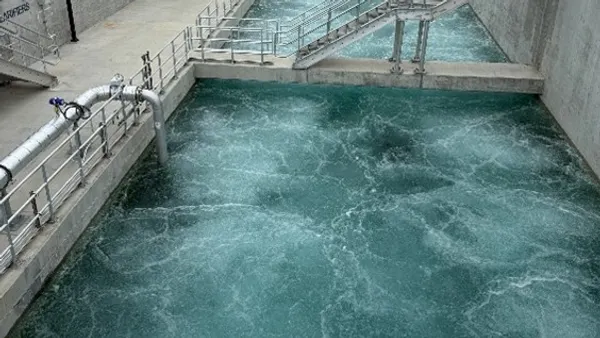Dive Brief:
- As Florida state lawmakers begin their review of Gov. Ron DeSantis’ $9.9 billion infrastructure plan, part of his recently proposed 2019-2020 budget proposal, there is growing support in the Florida Senate for an expansion of the state’s 700-mile toll road and bridge system into rural areas, Florida Watchdog reported.
- Attention is focused on expanding three toll roads in West Central Florida, one as far north as the Georgia state line, which is expected to aid in hurricane evacuations and reduce year-round traffic congestion. Lawmakers, who said the expansion program could increase economic opportunities in those areas, are exploring funding options, including bonds.
- DeSantis’ plan would pay for $3.2 billion of expansions, including the addition of 102 new lane miles, $2.7 billion of highway construction and $1.1 billion of bridge repairs and replacements. The governor said the plan focuses on relieving stressed traffic centers like those in Miami and Central Florida.
Dive Insight:
State DOTs around the U.S. are including more tolled options in their highway projects, particularly in areas of high congestion. These options sometimes include high-occupancy toll (HOT) lanes. HOT lanes are simply high-occupancy vehicle (HOV) lanes that allow those who do not meet the HOV requirements for free travel to use them for a fee. Also called fast lanes or express lanes, they provide an option for a speedier commute to those who do not meet the carpooling or other HOV standards but are willing to pay for the convenience.
HOT lanes also take traffic pressure off regular lanes, and with variable pricing strategies, which adjust tolls amounts according to demand, they can help to keep traffic flowing at a more even pace.
Of course, lawmakers are sometimes hesitant to create more toll roads for fear that drivers will perceive it as just another tax. In fact, in Texas, this “toll fatigue” on the part of taxpayers helped to scuttle a proposal that public-private partnerships be used to execute a $30 billion state transportation program because the private entities that would have designed, built, financed and operated the completed highways would likely have collected tolls as part of their payment.
In trying to fight traffic congestion on its roads, Virginia will use HOT lanes in its side of the American Legion Memorial Bridge, which Maryland is replacing as part of the state’s $9 billion Capital Beltway widening and modernization project. The bridge work is just the first phase of the plan, part of a $7.6 billion widening of Interstates 495 (the Capital Beltway) and 270 in Maryland and $1.4 billion of work on the Baltimore-Washington Parkway that runs between Baltimore and Washington, D.C.













